BAC, a British automaker, announced its hydrogen-powered e-Mono concept last year, which was intended to be a feasibility study for the company's zero-emission future. While the official sketches of the single-seater resembled the ICE-powered Mono, independent designer Maitreya Dhanak created his own version in the digital world that featured an aggressive redesign.
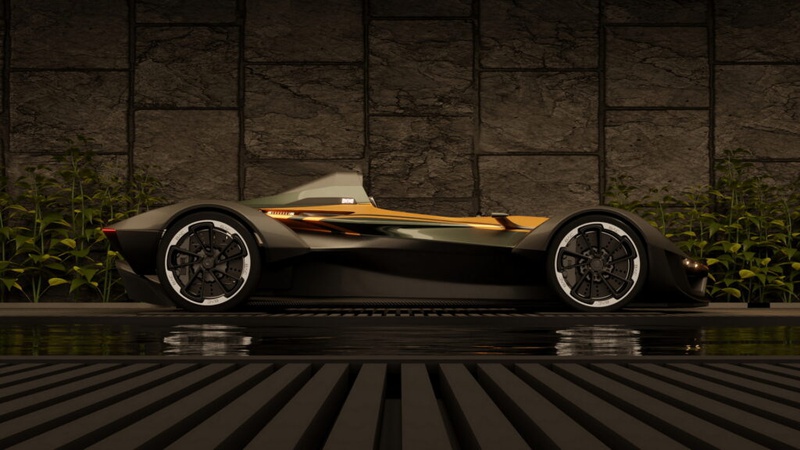
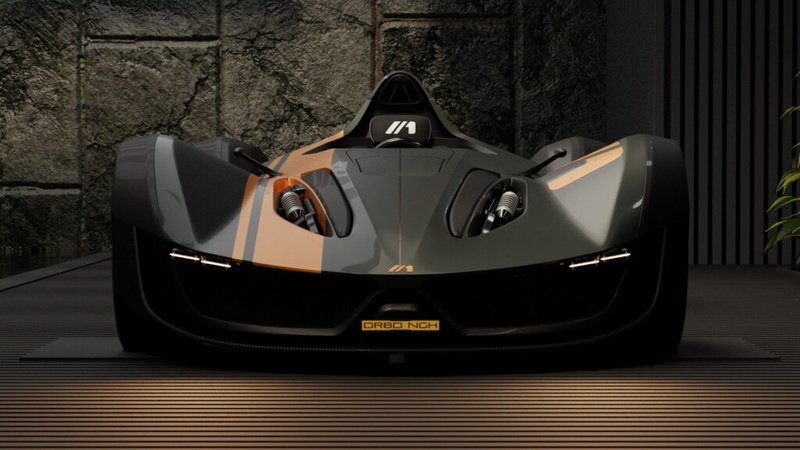
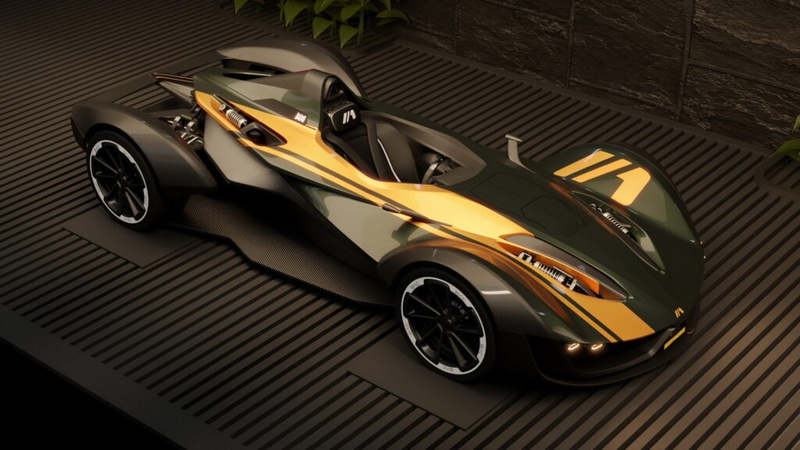



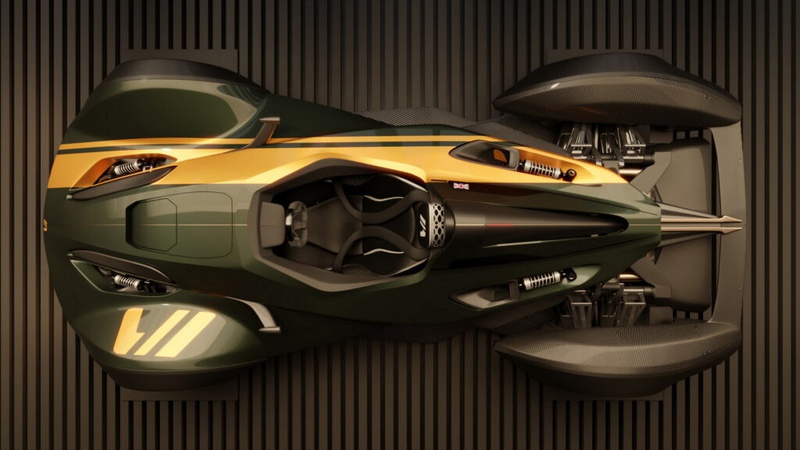
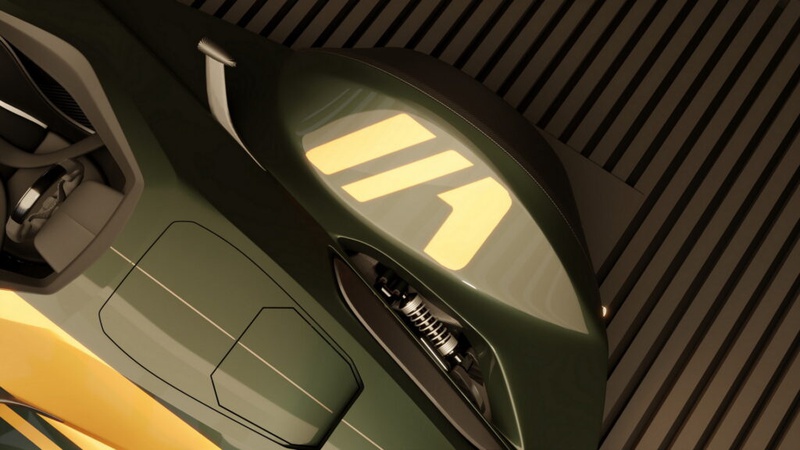

BAC Mono independent Renderings by Maitreya Dhanak
Despite sticking to the signature roofless single-seater layout and aeronautical and motorsport references in the exterior design, Dhanak made some changes that proposed an alternative future for the track-focused supercar. Notably, the LED headlights were relocated and mounted lower, with a cleaner design for the front intakes. While this design looks impressive on paper, it may not comply with laws governing road-legal vehicles, as headlights must be at a certain distance from the ground. This is likely why BAC initially opted for fender-mounted headlights.
Other notable features of Dhanak's design include the pronounced front and rear fenders and mirror-replacing cameras. From a top view, the redesign is more visible, featuring a simpler drop-shaped main body and minimized side air intakes since there is no combustion engine behind the single-seater cabin. The F1-style intake above the headrest is retained, however, as a significant feature of the car. The designer also opted for ultra-slip LED taillights at the back.
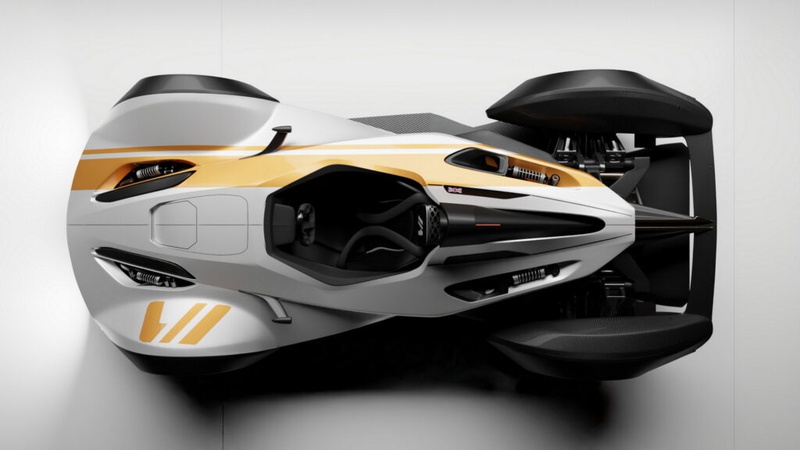

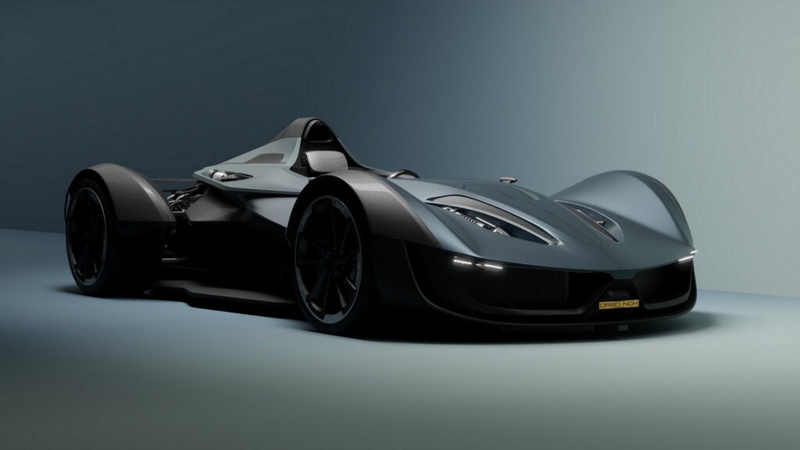
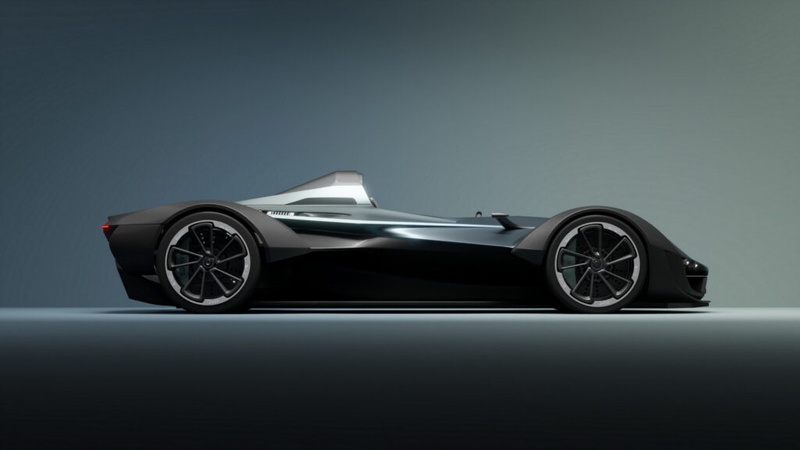
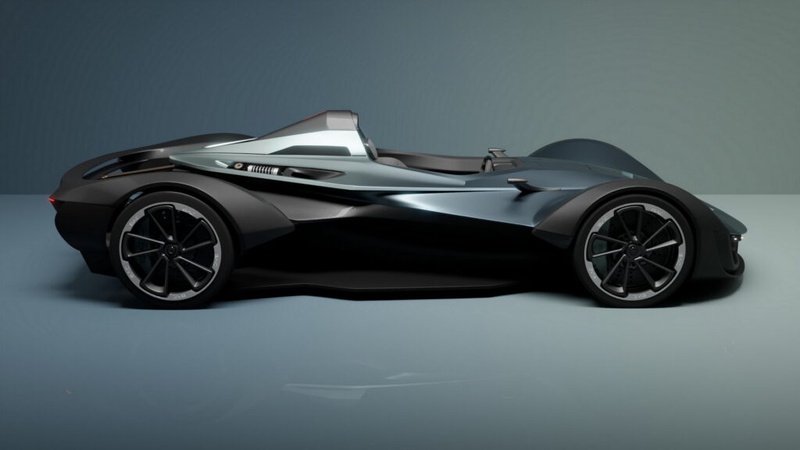

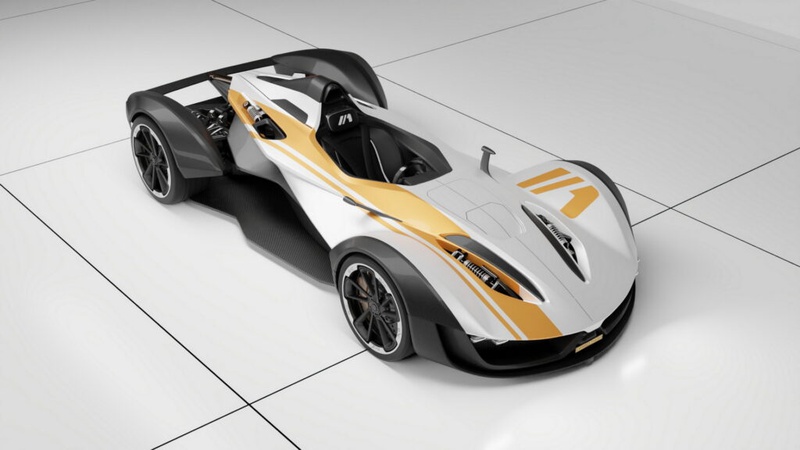



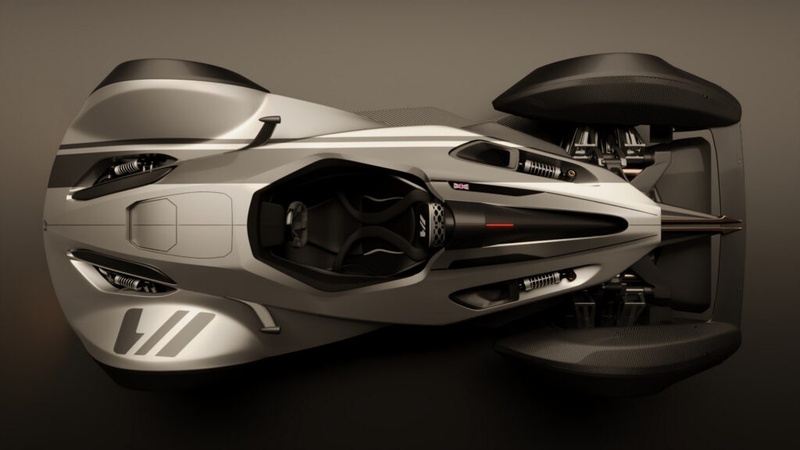


BAC Mono independent Renderings by Maitreya Dhanak
It is worth noting that BAC has not yet fully unveiled the e-Mono concept, despite Dhanak revealing his design with plenty of different liveries. However, the automaker has released the official specifications of the hydrogen-powered supercar, which features a fuel cell electric vehicle (FCEV) powertrain producing a combined 371 hp (277 kW / 377 PS), with all-wheel-drive. The e-Mono can accelerate from 0-100 km/h (0-62 mph) in 2.2 seconds and has a top speed of 266 km/h (165 mph). According to BAC, the e-Mono was faster than the ICE-powered Mono R around Silverstone in digital simulation tests. It remains unknown whether Dhanak's e-Mono redesign was intended as an FCEV or battery electric vehicle (BEV).
Source: Carscoops
.jpg)
